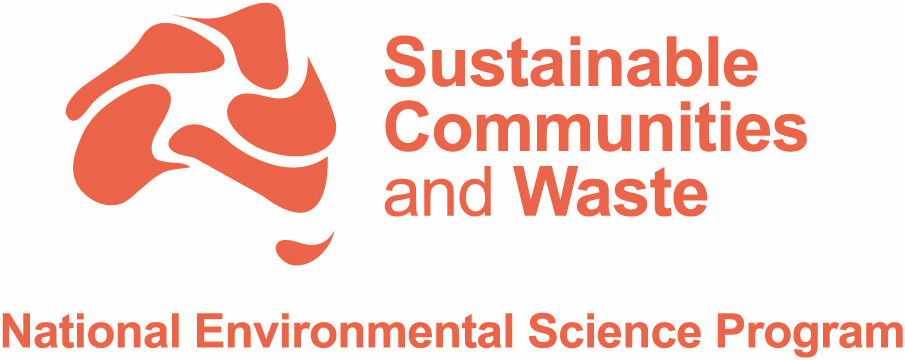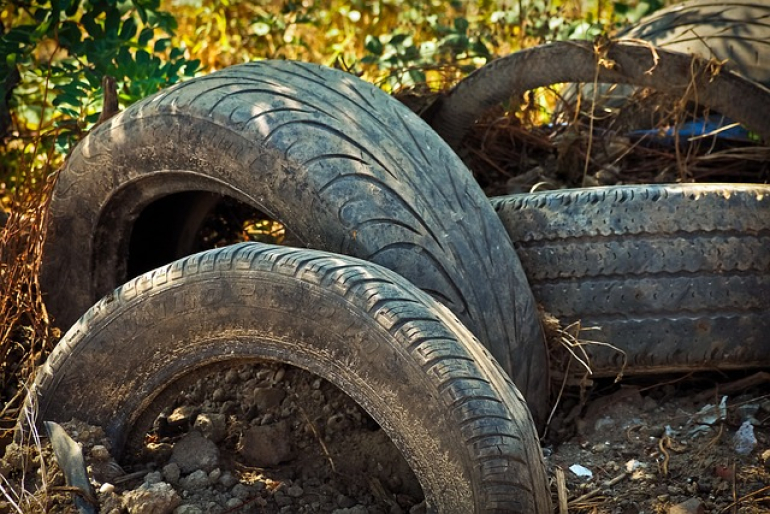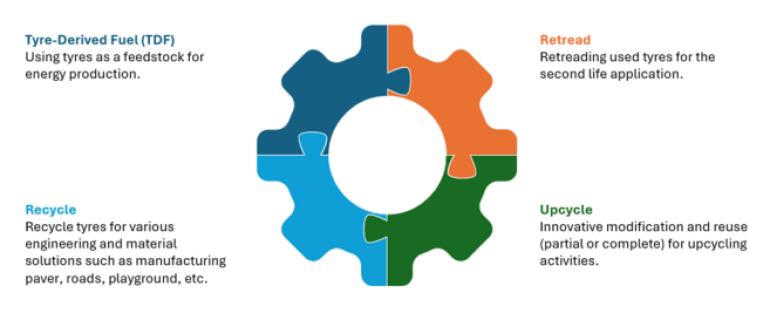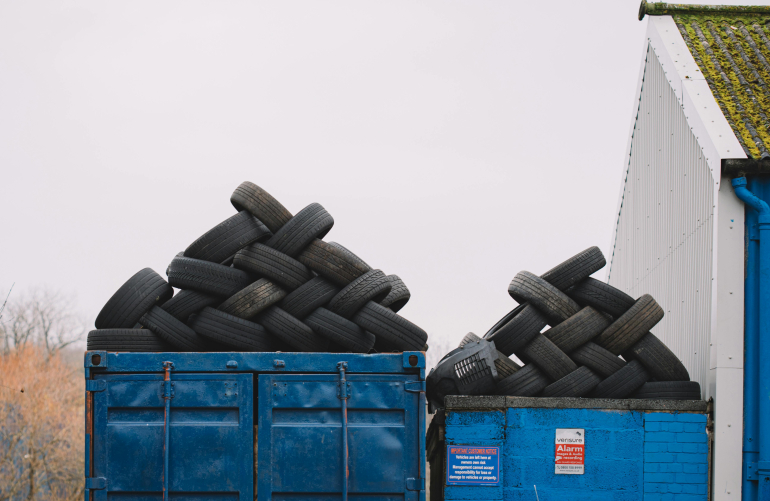End-of-life (EOL) tyres and conveyor belts can end up in landfill or polluting nature if not managed appropriately. Earlier research was carried out under the Waste Impact Management area had identified barriers to the circularity of these items.
The research team from CSIRO and Curtin University analysed international and domestic case studies to provide recommendations to support better waste management and value recovery outcomes for tyres and conveyor belts in Australia. The final report was completed and provided to DCCEEW in May 2024. The findings were communicated to relevant stakeholders through presentations and panel discussion in July 2024.
Looking internationally for case studies
The research covered several key themes in reviewing international case studies. These included:
- international product stewardship schemes
- enablers for recycling
- new technologies for value recovery
- uses and end-markets for products derived from EOL tyres and conveyor belts
- strategies for engagement with traditional owners.
Case studies were explored in Canada, Chile, some European countries (Denmark, Finland, France, Italy) and New Zealand. This resulted in a wide-ranging analysis that showcased a variety of solution options that could be translated to an Australian context.
Creating best practice recommendations
Next, the team analysed these case studies to determine which practices were most effective. Recommended enablers for value recovery from EOL tyres and conveyor belts included:
- regulating product stewardship in Australia
- considering a ban on landfilling and on-site disposal of EOL tyres and conveyor belts in Australian states and territories
- implementing consistent waste classifications
- introducing quality standards for imported tyres and conveyor belts
- implementing tracking and traceability of material flows
- investigating reverse logistics to improve transport and recovery of materials
- considering recycling hubs to facilitate collection, processing and recycling in regional and remote areas.
- selecting recycling technologies based on waste hierarchy, circular economy principles, indicators and metrics
- engaging with traditional owners for EOL tyre and conveyor belt management.
Many of these recommendations would also further Australia’s progress in areas such as environmental management, circular economy and onshore manufacturing and remanufacturing.
Translating best practice information to stakeholders for impact
The team worked with several key stakeholders throughout the project. These included state and federal governments, Tyre Stewardship Australia (TSA) and various overseas stewardship organisations, as well as private industries and industry bodies. To disseminate project findings, two online sessions were held with stakeholders in July 2024. The first included a presentation to relevant staff from the Department of Climate Change, Energy, the Environment and Water (DCCEEW). The researchers presented their findings on best practices and answered questions.
The second session was hosted by Hub leader, Prof Veena Sahajwalla, and included a short presentation of the findings and an online panel discussion. The panel included:
- Anna Kaksonen - Senior Principal Research Scientist, CSIRO
- Benjamin Gazeau - Academic, Curtin University
- Brock Baker - Chief Operating Officer, Tyre Stewardship Australia
- Adrian Wiley - Director Waste Avoidance and Resource Recovery, WA Department of Water and Environmental Regulation
Other members of the research team also took part in the discussion including:
- Naomi Boxall - Senior Research Scientist, CSIRO
- Ana María Cáceres Ruiz - Researcher, Curtin University
- Ka Yu Cheng - Senior Research Scientist, CSIRO
The panel and attendees considered the case studies in an Australian context. The audience consisted of individuals from various organisations and disciplines, leading to a discussion on how these best practices could benefit Australia. The insights shared by the project team were well received and are expected to inform the development of new regulations at both the state and federal levels.
Summary
Hub research has analysed international and domestic case studies to find solutions for improving waste management and value recovery for EOL tyres and conveyor belts in Australia. Some of the key recommendations include regulating product stewardship, banning landfill disposal, implementing consistent waste classifications, introducing quality standards and establishing recycling hubs. Other recommendations included selecting recycling technologies based on waste hierarchy, circular economy principles, indicators and metrics, and engaging with traditional owners for EOL tyre and conveyor belt management. These findings were shared with stakeholders through presentations and panel discussions and are expected to inform new state and federal regulations.
Read more
Best practices for tyre and conveyor belt circularity
Exploring opportunities for increasing tyre and conveyor belt circularity in WA



